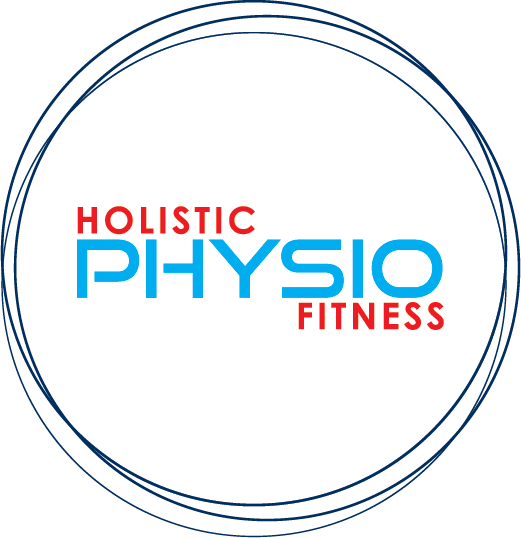Introduction: Unpacking Tendinopathies and Tendinitis
If you’ve ever experienced that niggling pain in your elbow, shoulder, or knee, you might be familiar with tendinopathies or tendinitis. These conditions are more than just a fleeting annoyance—they can seriously disrupt your daily life. If not attended to, they can worsen as the years go by. In the picturesque Northern Beaches of Sydney, where outdoor activities are a way of life, understanding and managing these issues is crucial. In this guide, we’ll delve into what tendinopathies and tendinitis are, and how targeted exercise can be your best ally in overcoming them.
What Are Tendinopathies and Tendinitis?
Tendinopathy: A Broad Spectrum
Tendinopathy is a broad term including various conditions affecting tendons, which are the fibrous tissues connecting muscles to bones. It’s an umbrella term that includes both tendinitis and tendinosis.
- Tendinitis is typically an acute inflammation of the tendon, often caused by sudden increases in activity or repetitive stress.
- Tendinosis refers to a chronic condition where the tendon undergoes degenerative changes, usually due to long-term overuse.
Tendinitis: The Classic Culprit
Tendinitis is often seen in athletes and those with repetitive strain injuries. It is characterised by pain, swelling, and tenderness around the affected tendon. Common sites include the Achilles tendon, the patellar tendon (kneecap), and the rotator cuff tendons in the shoulder.
The Role of Exercise in Managing Tendinopathies
Why Exercise Works
You might wonder how exercise can help when it seems like movement is precisely what caused the pain. The truth is, exercise is a fundamental part of recovery for tendinopathies and tendinitis. Here’s why:
- Promotes Healing: Controlled exercise can stimulate blood flow to the affected tendon, which is essential for healing. The lack of blood flow is a major reason why tendons don’t heal themselves properly in the first place.
- Increases Tendon Strength: Gradually loading the tendon with appropriate exercises helps it become more resilient.
- Reduces Pain: Regular, targeted exercise can help alleviate pain over time by improving the overall function of the affected area.
Key Exercise Strategies for Tendinopathies and Tendinitis
1. Eccentric Exercises
Eccentric exercises involve lengthening the muscle-tendon unit under tension. For instance, in the case of Achilles tendinitis, a common exercise is the heel drop. This method has been shown to effectively reduce pain and improve tendon strength.
Example: Standing on the edge of a step with your heels hanging off, slowly lower your heels below the step level, then raise them back up. Perform this exercise slowly and controlled, especially during the lowering phase.
2. Isometric Exercises
Isometric exercises involve holding a muscle contraction without moving the joint. This can be particularly beneficial in the early stages of tendinopathy, where movement may still be painful.
Example: For patellar tendinitis, try holding a squat position with just a slight bend in your knees. This helps activate and strengthen the muscle around the knee without stressing the tendon.
3. Progressive Loading
As symptoms improve, gradually increase the intensity of your exercises. This progressive loading helps the tendon adapt to greater stresses over time, without stressing it too quickly and aggravating the tendon.
Example: If you’re recovering from rotator cuff tendinitis, you might start with light resistance bands and progressively move to heavier weights as your shoulder strength improves.
Additional Tips for Managing Tendinopathies and Tendinitis
Listen to Your Body
While exercise is crucial, it’s equally important to listen to your body. If an exercise worsens your pain, it’s essential to stop and consult a healthcare professional. The goal is to challenge your tendon, not to push through pain that could lead to further injury. A guided program from a Physiotherapist or Exercise Physiologist is highly recommended.
Incorporate Rest and Recovery
Exercise should be part of a balanced approach that includes ample rest and recovery. Overworking the tendon can lead to setbacks, so ensure you’re giving your body the time it needs to heal.
Seek Professional Guidance
A tailored exercise program designed by a physiotherapist or an exercise physiologist can be incredibly beneficial. They can assess your condition and develop a specific plan that addresses your unique needs.
Conclusion: Embrace Exercise for Tendon Health
In the stunning Northern Beaches of Sydney, where the lifestyle is active and outdoor pursuits are common, tendinopathies and tendinitis can pose a significant challenge. However, with the right approach, exercise can be a powerful tool in managing and recovering from these conditions. By incorporating eccentric, isometric, and progressive loading exercises into your routine, you can enhance tendon strength, reduce pain, and return to your favourite activities with confidence.
Remember, a balanced approach that includes exercise, rest, and professional guidance will ensure a quicker and more sustainable recovery. So, embrace exercise as your ally in the journey towards healthier, pain-free tendons.

